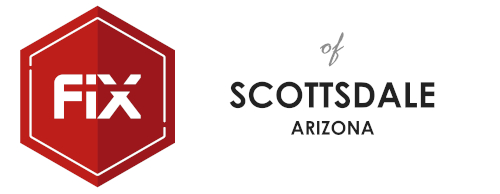SERVING THE GREATER MARICOPA COUNTY AREA
SCOTTSDALE, NORTH SCOTTSDALE, PHOENIX, PARADISE VALLEY, ARCADIA, AZ
DURATION
Included with Follow up treatment
NEED APPOINTMENT?
Yes
PRICE
Included with Follow up treatment
LEAVE A MESSAGE
What is cupping?
As the name suggests, cupping involves placing a half-dome-shaped cup directly on a patient’s skin and then using either heat or the removal of air inside the cup to create a suction and a vacuum, pulling against the patient’s skin.
With its roots in ancient Chinese culture, cupping has been proven effective at treating several health issues and it can be used as part of a complete treatment plan to help people with various ailments.
How does cupping work?
When tissues and muscles are drawn to the surface of the skin, it causes blood to flow into this area of the body. Increased blood flow helps deliver key nutrients to the area and can facilitate healing and improve circulation.
In addition to aiding in circulatory systems and signaling the body to heal certain areas which need attention, cupping is used in some cases to break down scar tissue. We treat many patients who are athletes or use the same muscle groups repeatedly, which can lead to scarring and pain associated with the growth of scar tissue, and cupping has shown to be effective in treating excessive scar tissue.
What conditions benefit from cupping?
Cupping is generally just part of a patient’s health plan, but we recommend it for several patients who suffer from common ailments or conditions.
People with pain as a result of a recent injury to soft tissues like knee or shoulder ligaments, those who suffer from chronic head, back, and neck pain, and/or people with conditions such as arthritis and GI issues can all benefit from cupping as part of their treatment plan.
Are there different cupping methods?
Cupping generally can fall into one of two categories: dry or wet.
In either method, cups can create suction by either being placed on the skin at a high temperature and then sealing in a vacuum as they cool, or modern cups which can draw air out can be used to create suction instantly.
The difference in dry or wet cupping has to do with the end result. In wet cupping, incisions are made in the skin with the goal of drawing out toxins through the cupping process. Dry cupping simply creates suction over appropriate parts of the body as determined by the medical professional.
Does cupping cause side effects?
While cupping can leave behind some noticeable round bruises as a result of the process, it’s a very safe procedure when done by a professional. While there is always a risk of infection if wet cupping is used since blood is being drawn out, a professional uses sterile equipment and minimizes this risk.
If you have chronic pain, want to recover faster, or have more questions about cupping or any of the services we offer, give us a call or book an appointment online today.


